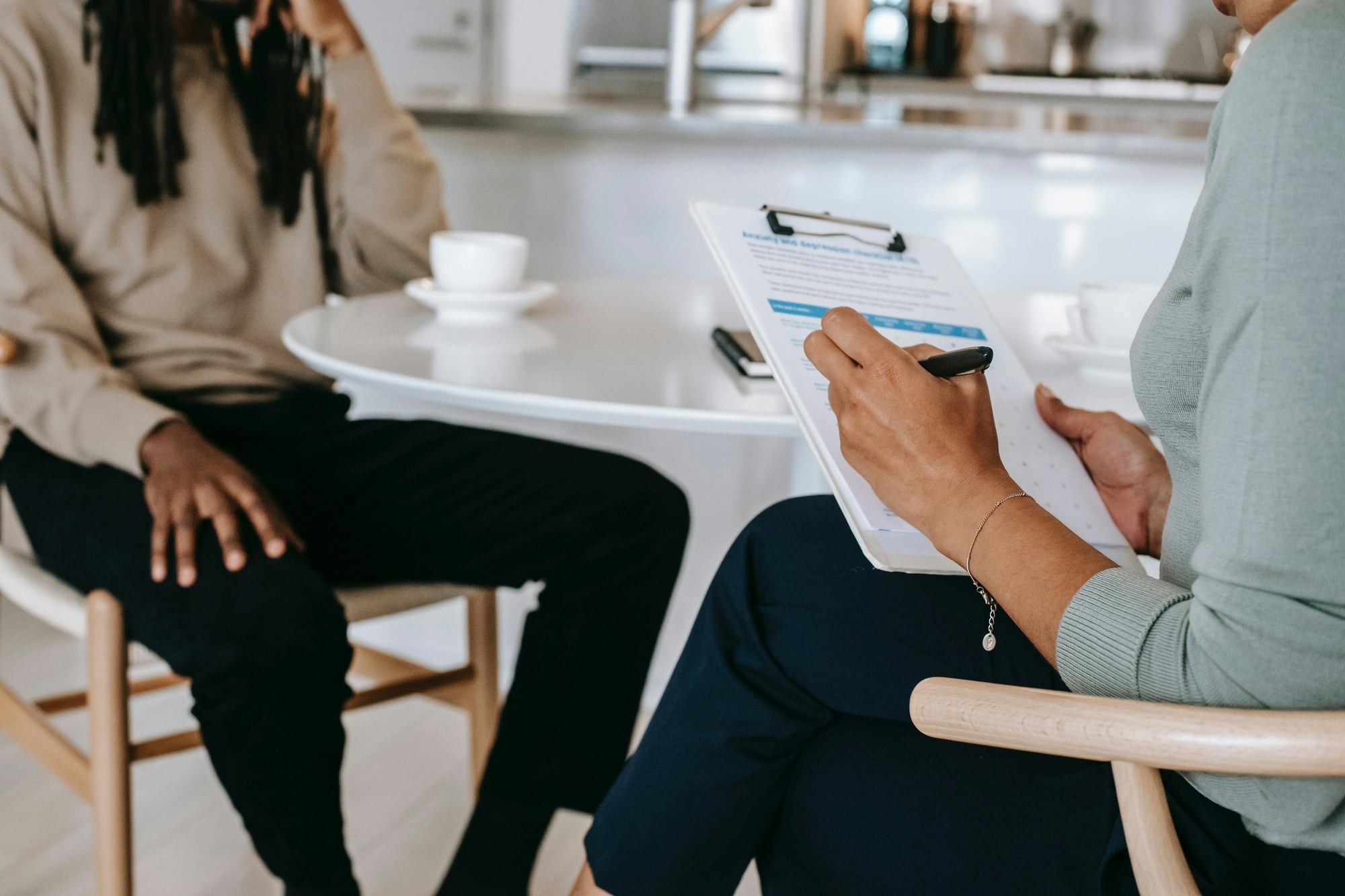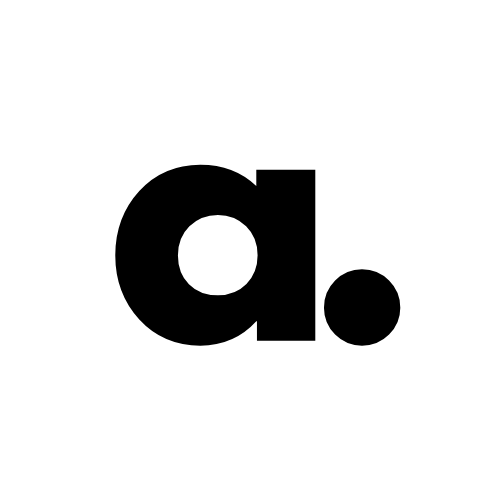The Technique of Follow-Up Questions
Welcome to an in-depth exploration of the interview techniques employed by leading advertising professionals. This blog post will provide you with a comprehensive understanding of the strategies and tactics used by these experts. We will delve into their unique approaches, the reasoning behind their methods, and how you can apply these techniques to your own interviews. Let's embark on this exciting journey to gain insights from the best in the advertising industry.
The Art of Questioning
The first technique we will explore is the art of questioning. Top advertising professionals understand the power of a well-placed question. They use this tool to extract valuable information, gauge the candidate's creativity, and assess their problem-solving skills.
A common approach is to ask open-ended questions. These questions do not have a simple yes or no answer, encouraging the interviewee to think critically and express their thoughts. For instance, an interviewer might ask, "Can you describe a time when you had to think outside the box to solve a problem?" This question allows the candidate to demonstrate their creativity and problem-solving skills.
Another technique is to ask behavioral questions. These questions are based on the premise that past behavior is the best predictor of future performance. For example, an interviewer might ask, "Can you tell me about a time when you had to handle a difficult client?" This question gives the interviewer insight into the candidate's interpersonal skills and how they handle challenging situations.
The Power of Listening
The second technique is the power of active listening. Top advertising professionals understand that listening is just as important as asking questions. They use active listening to fully understand the candidate's responses, pick up on non-verbal cues, and build rapport with the candidate.
Active listening involves fully focusing on the speaker, avoiding distractions, and providing feedback. For instance, an interviewer might paraphrase the candidate's response to ensure they have understood correctly. This technique not only confirms understanding but also makes the candidate feel heard and valued.
The Role of Body Language
The third technique is the use of body language. Leading advertising professionals are adept at reading and using body language during interviews. They understand that non-verbal cues can provide valuable insights into a candidate's feelings and attitudes.
For example, an interviewer might observe the candidate's posture, eye contact, and facial expressions. These non-verbal cues can reveal whether the candidate is confident, nervous, or enthusiastic. Similarly, the interviewer might use their body language to convey openness and interest, such as maintaining eye contact and leaning forward slightly.
The Importance of Preparation
The fourth technique is thorough preparation. Top advertising professionals do not go into interviews unprepared. They understand the importance of knowing the candidate's background, the role requirements, and the company's culture.
Preparation involves reviewing the candidate's resume, researching their previous work, and understanding the skills and experiences required for the role. For instance, an interviewer might ask specific questions about the candidate's past projects or how their skills would contribute to the company's goals. This technique ensures that the interview is productive and focused.
The Strategy of Scenario-Based Questions
The fifth technique is the use of scenario-based questions. Leading advertising professionals use these questions to assess the candidate's practical skills and how they would handle real-world situations.
Scenario-based questions involve presenting the candidate with a hypothetical situation and asking how they would respond. For example, an interviewer might ask, "How would you handle a situation where a client is unhappy with a campaign you designed?" This question allows the candidate to demonstrate their problem-solving skills, creativity, and client management abilities.
The Technique of Follow-Up Questions
The final technique is the use of follow-up questions. Top advertising professionals understand that follow-up questions can provide deeper insights into a candidate's skills and experiences.
Follow-up questions are asked after the candidate's initial response to delve deeper into their answer. For instance, if a candidate describes a project they worked on, the interviewer might ask, "What challenges did you face during this project and how did you overcome them?" This question allows the interviewer to assess the candidate's problem-solving skills and resilience.
Wrapping Up: Mastering Interview Techniques of Top Advertising Professionals
We have explored the interview techniques of leading advertising professionals, from the art of questioning and active listening to the use of body language, thorough preparation, scenario-based questions, and follow-up questions. These techniques are not only effective for conducting interviews but also for improving communication and understanding in any professional setting. By understanding and applying these techniques, you can enhance your interviewing skills and gain deeper insights into your candidates.

